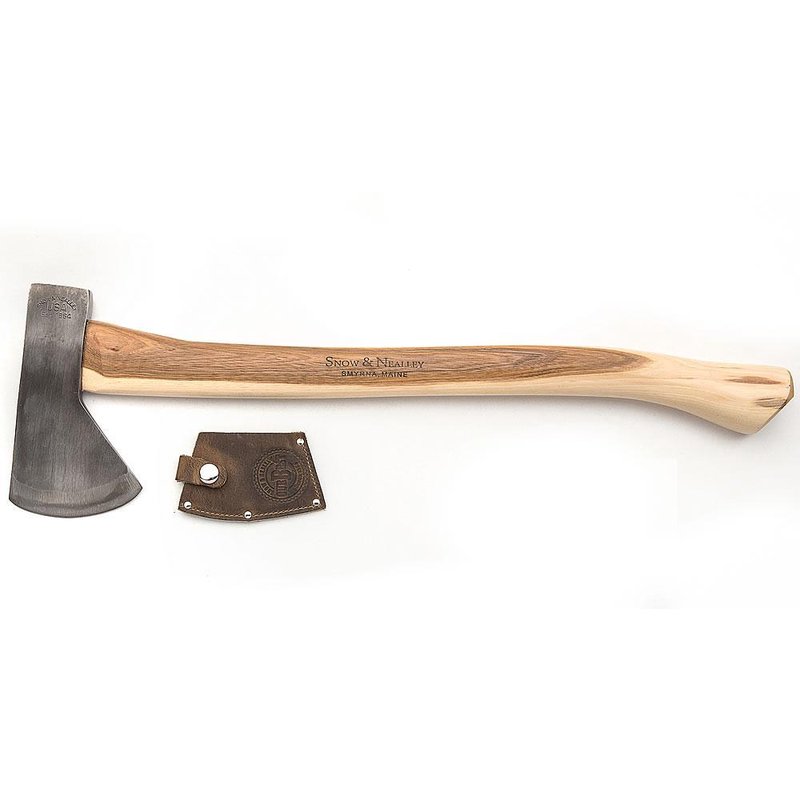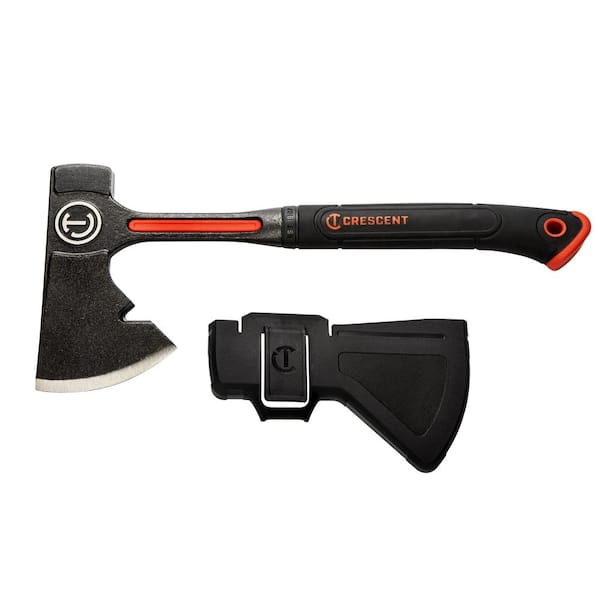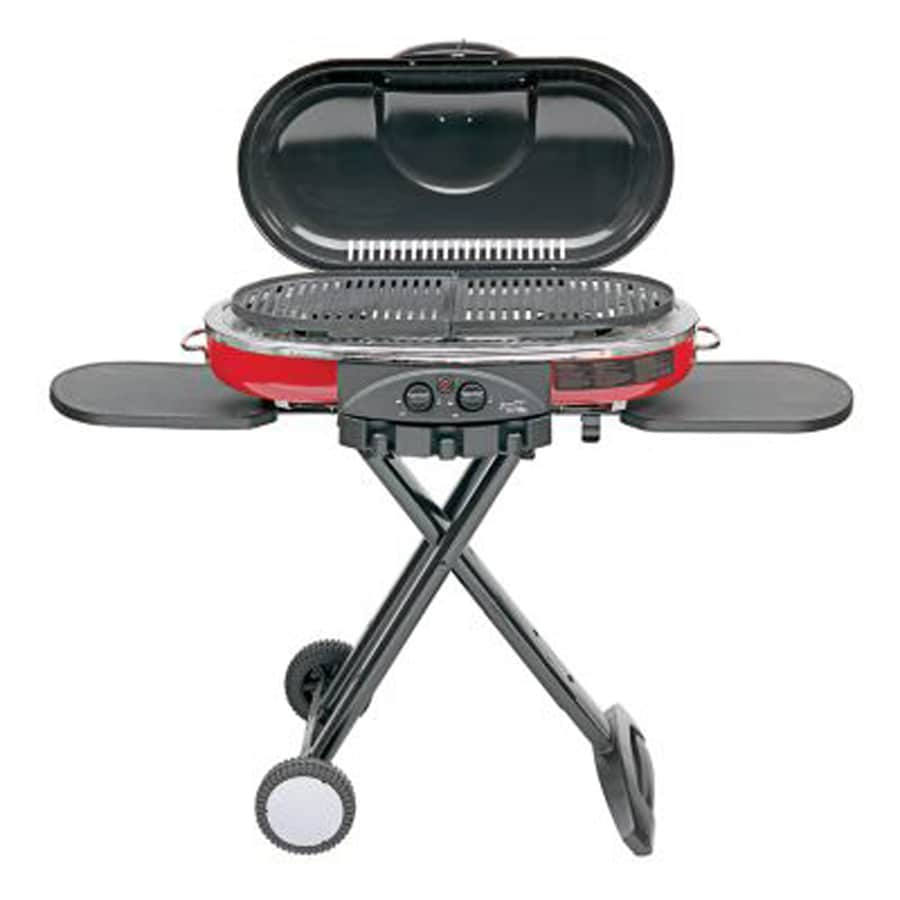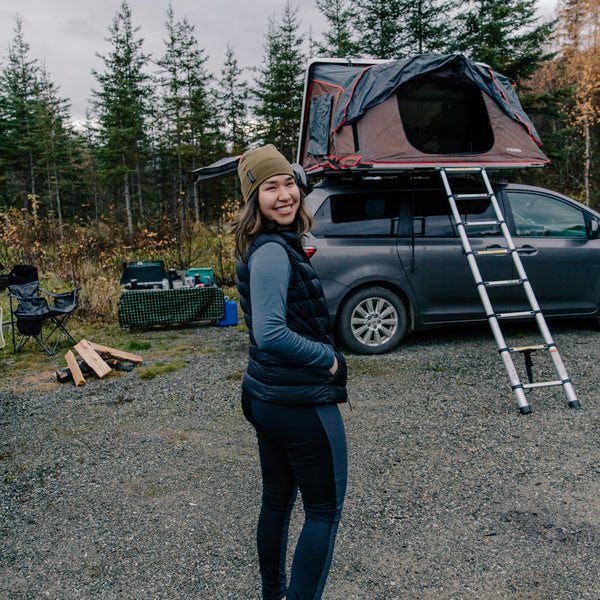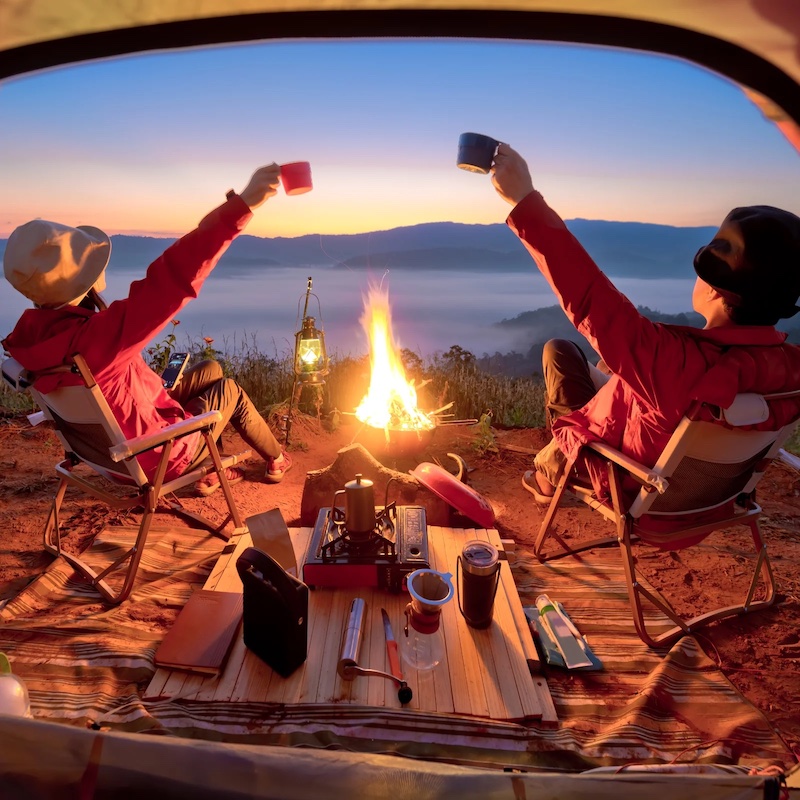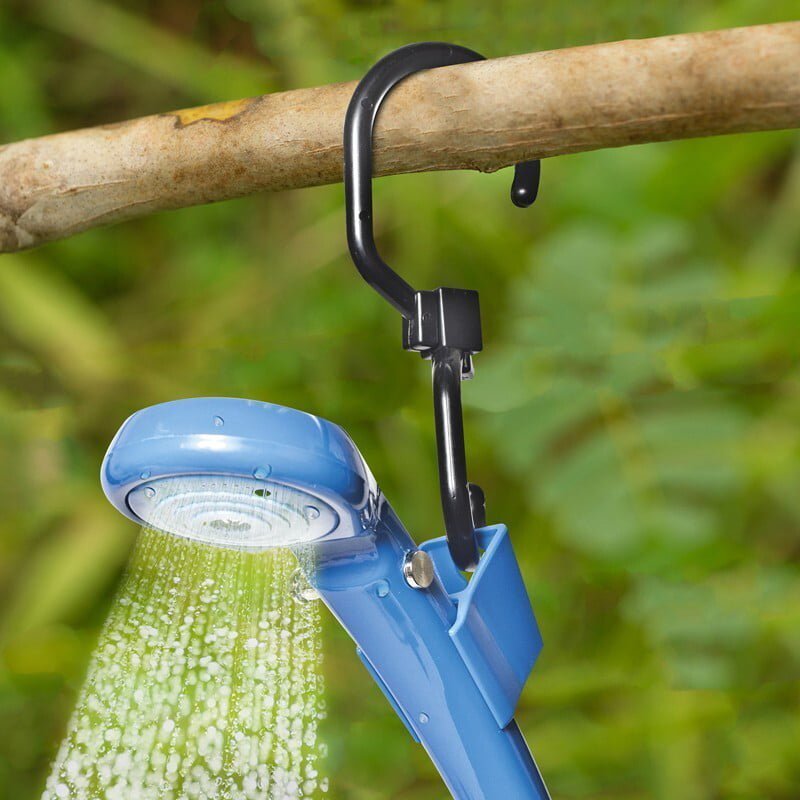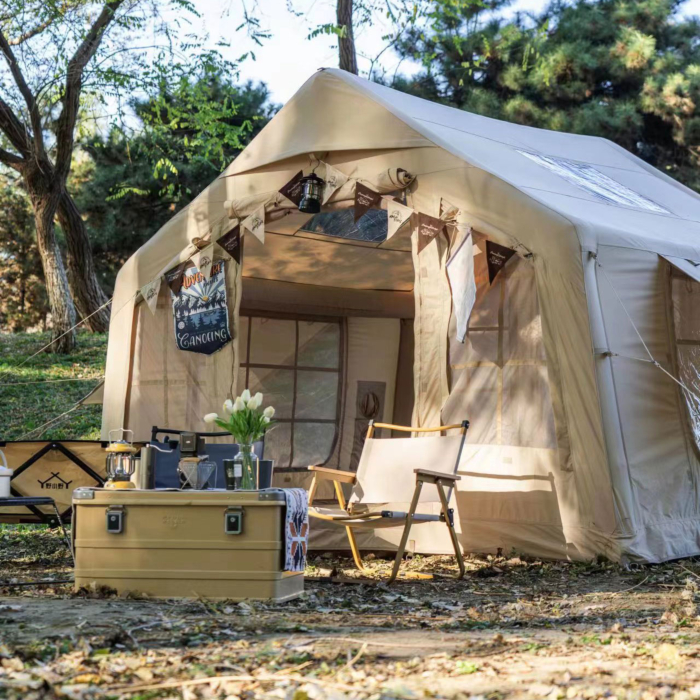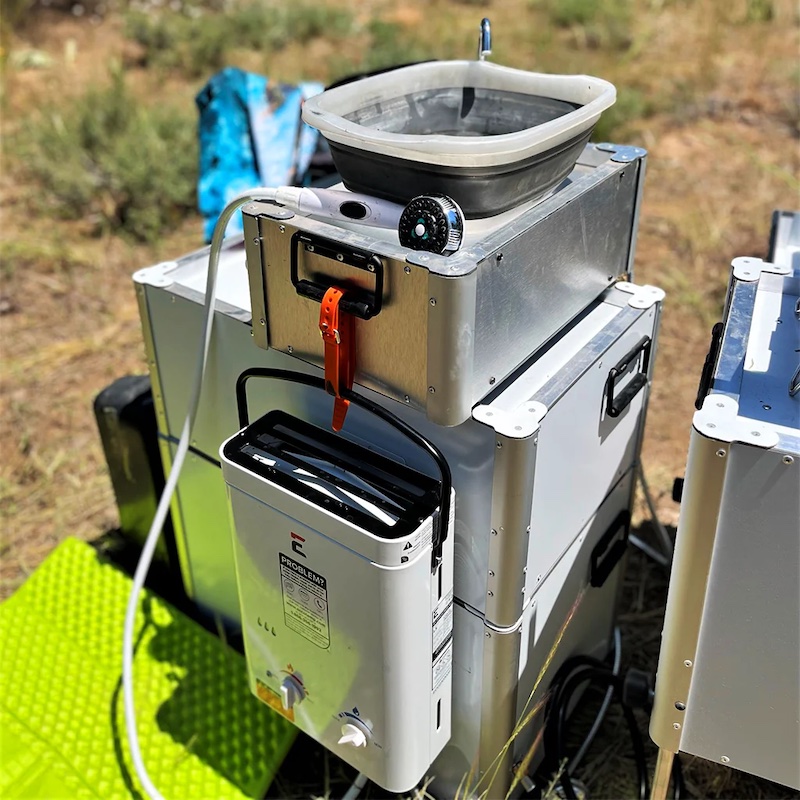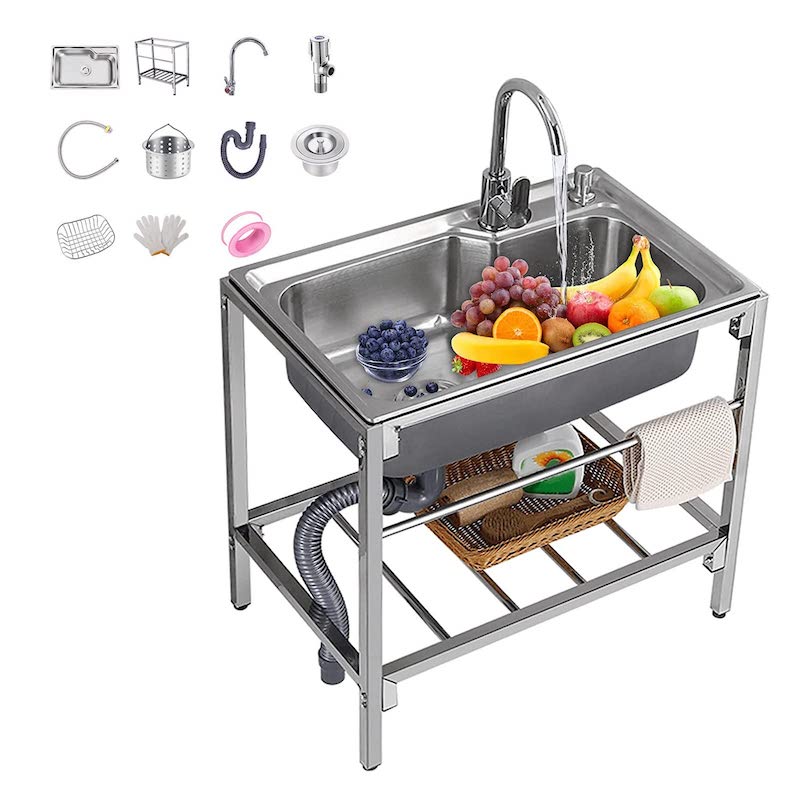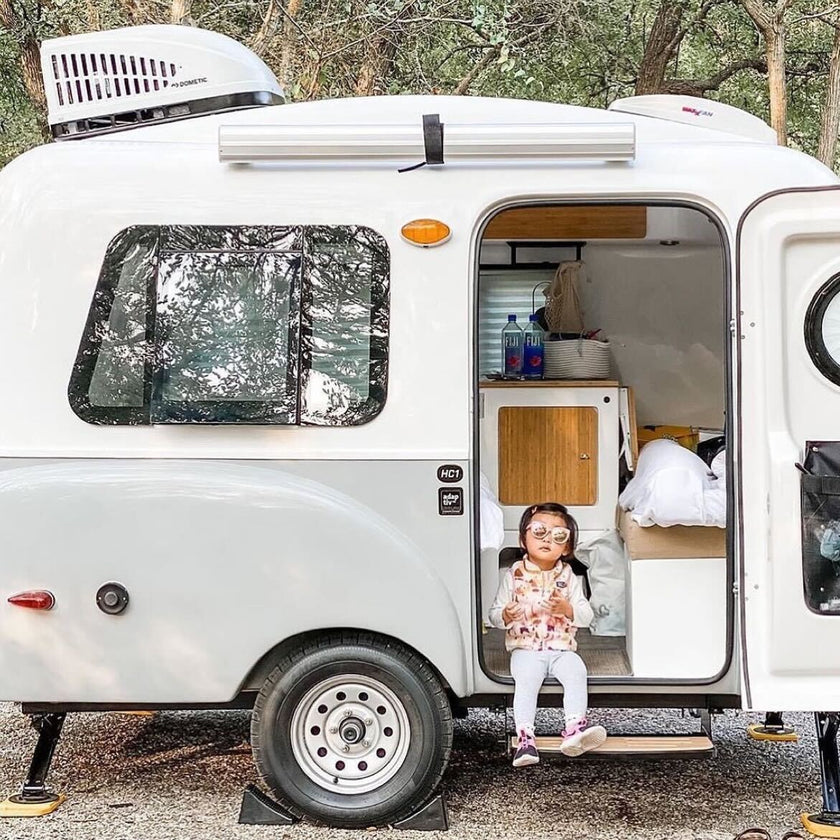Introduction
Camping is an exhilarating way to connect with nature, offering a break from the hustle and bustle of daily life. One essential tool that can significantly enhance your camping experience is the humble yet powerful camping axe. Whether you’re chopping wood for a campfire, clearing trails, or building shelters, a well-chosen and properly used camping axe can make all the difference. This comprehensive guide will delve into various aspects of camping axes, ensuring you are well-equipped to select, use, and maintain this indispensable tool.
In this article, we’ll explore the history and evolution of camping axes, provide tips on choosing the right one for your needs, discuss proper usage techniques, highlight maintenance and care practices, and address safety considerations. By the end, you’ll have a thorough understanding of how to integrate a camping axe into your outdoor adventures effectively and safely.
Part 1: The History and Evolution of Camping Axes
Ancient Origins
Axes have been integral tools for humans since prehistoric times. Early humans crafted stone axes for hunting, construction, and defense. As civilizations advanced, so did the design and materials of axes. Metalworking techniques introduced bronze, iron, and eventually steel axes, which were far more durable and efficient.
Development Through Ages
The Middle Ages saw significant advancements in axe technology, particularly in Europe. Vikings, known for their seafaring prowess, relied heavily on axes for both practical and combat purposes. Their designs evolved to be lighter and more versatile, making them ideal for everyday tasks like felling trees and splitting wood. During this period, specialized types of axes emerged, each tailored to specific uses, such as the broadaxe for hewing logs or the hatchet for smaller jobs.
Modern Innovations
In the modern era, camping axes have undergone further refinement. Manufacturers now incorporate ergonomic designs, lightweight materials, and advanced manufacturing processes to produce axes that are both robust and user-friendly. Innovations like composite handles, non-slip grips, and precision-ground blades have made camping axes safer and more efficient than ever before. Additionally, multi-tool axes that combine features like a hammer, saw, or firestarter have gained popularity among campers seeking versatility.
Importance in Camping Culture
Camping axes have become iconic symbols of the great outdoors. They embody the spirit of self-reliance and adventure, allowing campers to engage directly with their environment. Beyond practicality, there’s a certain romance associated with wielding an axe—whether it’s chopping wood for a roaring campfire or crafting rustic furniture. For many, the camping axe represents a link to tradition and a simpler way of life, reminding us of our deep-rooted connection to nature.
Part 2: Choosing the Right Camping Axe
Types of Camping Axes
When selecting a camping axe, it’s crucial to understand the different types available, each suited for specific tasks:
- Hatchet: Compact and lightweight, perfect for small-scale tasks like cutting kindling or driving tent stakes.
- Camp Axe: Larger than a hatchet but still portable, ideal for splitting logs and general-purpose use.
- Splitting Axe: Designed specifically for splitting large pieces of wood along the grain, featuring a heavy, wedge-shaped blade.
- Multi-Tool Axe: Combines an axe head with additional features like a hammer, saw, or firestarter, offering maximum versatility.
Key Features to Consider
Choosing the right camping axe involves evaluating several key features:
- Blade Material: High-quality steel is preferred for its durability and ability to hold a sharp edge. Stainless steel resists rust but may not be as hard as carbon steel.
- Handle Material: Options include wood, plastic, and fiberglass. Wood offers a classic feel but requires maintenance; synthetic materials are more durable and weather-resistant.
- Weight and Size: A heavier axe delivers more force but can be tiring to wield. Lightweight models are easier to carry but may lack power. Consider the balance between portability and effectiveness.
- Ergonomics: Look for comfortable grips with textured surfaces to prevent slippage. Ergonomic designs reduce strain during prolonged use.
- Sharpening Requirements: Some axes come pre-sharpened, while others require regular honing. Choose based on your willingness to maintain the blade.
Popular Brands and Models
Several reputable brands offer high-quality camping axes suitable for various needs:
- Fiskars X7 Camp Axe: Known for its durable steel blade and ergonomic handle, this model excels at splitting wood and general camping tasks.
- Gransfors Bruks Small Forest Axe: Hand-forged in Sweden, this premium axe boasts exceptional craftsmanship and performance, favored by serious outdoorsmen.
- Estwing Camper’s Axe: Featuring a solid steel construction and rubber grip, this American-made axe provides excellent durability and comfort.
- Gerber Bear Grylls Survival Hatchet: Combining a hatchet with a compass and fire starter, this multi-tool is perfect for survival situations and everyday camping.
Tailoring Your Choice
Ultimately, the best camping axe depends on your specific requirements and preferences. Consider factors like the type of camping you do (backpacking vs. car camping), the terrain you frequent, and the tasks you anticipate performing. Research thoroughly, read reviews, and consult experienced campers to find the axe that best fits your lifestyle.
Part 3: Proper Usage Techniques
Safety First
Before diving into techniques, it’s imperative to prioritize safety. Always wear appropriate protective gear, including gloves and eye protection, when handling a camping axe. Ensure the area around you is clear of obstacles and bystanders. Familiarize yourself with local regulations regarding woodcutting and environmental conservation. Never use an axe in wet conditions, as moisture can cause slips and accidents.
Basic Chopping Methods
Mastering basic chopping techniques is essential for efficient wood processing:
- Overhand Chop: Hold the axe with both hands near the base of the handle. Bring it down in a controlled arc, aiming for the center of the log. Follow through smoothly to ensure a clean cut.
- Underhand Chop: Useful for low-hanging branches or awkward angles. Stand close to the target and swing the axe upward, keeping your wrists straight for better control.
- Side Chop: Ideal for splitting larger logs. Position the log vertically on a stable surface and strike downward from the side, targeting the center line.
Splitting Wood Effectively
Splitting wood efficiently requires practice and technique:
- Choose the Right Tool: Use a splitting axe or maul for large logs, as these tools are designed to deliver powerful blows without bouncing off.
- Positioning: Place the log on a solid, level surface like a chopping block. Avoid working on uneven ground or unstable platforms.
- Striking Technique: Aim for the center of the log and strike firmly but not forcefully. Let the weight of the axe do most of the work. If the log doesn’t split on the first try, adjust your aim slightly and repeat.
- Safety Precautions: Keep your feet shoulder-width apart for stability. Step back after each strike to avoid accidentally hitting your legs. Never attempt to catch a falling axe mid-swing.
Advanced Techniques
For seasoned campers, advanced techniques can enhance productivity and safety:
- Batoning: Insert the axe blade into the end of a log and use a sturdy stick to drive it deeper. This method works well for softer woods and smaller logs.
- Limb Removal: When clearing trails or harvesting firewood, use the axe to remove branches from standing trees. Start from the bottom and work your way up, striking at a slight angle to sever limbs cleanly.
- Craftsmanship: Skilled users can employ their camping axe for intricate tasks like carving utensils, constructing shelters, or shaping logs for furniture. Practice makes perfect, so start with simple projects and gradually challenge yourself.
Maintenance Tips
Proper maintenance ensures your camping axe remains in top condition:
- Sharpening: Regularly hone the blade using a whetstone or file. Maintain a consistent angle and apply even pressure for optimal results.
- Cleaning: After each use, wipe down the blade with a dry cloth to remove dirt and sap. Apply a light coat of oil to prevent rust.
- Handle Care: Inspect the handle periodically for cracks or splinters. Sand down rough spots and apply linseed oil to preserve wood handles. Replace damaged handles immediately to avoid accidents.
By mastering these techniques, you’ll not only improve your efficiency but also minimize the risk of injury. Remember, practice and patience are key to becoming proficient with your camping axe.
Part 4: Maintenance and Care Practices
Cleaning and Storage
Proper cleaning and storage are critical for extending the lifespan of your camping axe. After each use, thoroughly clean the blade and handle to remove dirt, sap, and other residues. Use mild soap and water for the handle, ensuring it dries completely to prevent warping or cracking. For the blade, wipe it down with a dry cloth and apply a thin layer of lubricating oil to protect against rust. Store the axe in a cool, dry place, ideally in a sheath or cover to shield the blade from damage.
Sharpening and Honing
A sharp axe is a safe and effective tool. Regular sharpening keeps the blade in peak condition, enhancing its performance and reducing the effort required for tasks. There are several methods to sharpen your axe:
- Whetstone: This traditional method involves rubbing the blade against a whetstone at a consistent angle. Start with a coarse grit to remove nicks and dullness, then progress to finer grits for a razor-sharp edge.
- File: A mill bastard file is an excellent choice for quick touch-ups. Hold the file at a 25-30 degree angle and stroke away from the edge, maintaining even pressure.
- Electric Sharpener: For those who prefer convenience, electric sharpeners can save time and effort. However, they may remove more metal than necessary, potentially shortening the life of the blade.
Regardless of the method, always test the edge frequently to avoid over-sharpening. A properly sharpened axe should easily slice through paper or shave hair.
Handle Maintenance
The handle is another vital component that requires attention. Wooden handles need periodic treatment to prevent drying and cracking. Apply boiled linseed oil every few months, especially if the handle feels dry or looks dull. Soak a rag with the oil and rub it into the wood, allowing it to absorb fully. Wipe off any excess and let it dry overnight. For synthetic handles, inspect for signs of wear and tear. Replace cracked or damaged handles promptly to avoid accidents.
Seasonal Checks
Perform seasonal checks to ensure your camping axe is ready for action. Before heading out on a trip, give your axe a thorough inspection:
- Inspect the Blade: Look for chips, nicks, or rust spots. Address any issues with sharpening or rust removal.
- Check the Wedge: If your axe has a wooden handle, verify that the wedge holding the head in place is secure. Tighten or replace as needed.
- Test the Fit: Ensure the handle feels comfortable and secure in your hand. Adjust or modify as necessary to maintain optimal ergonomics.
By adhering to these maintenance practices, you’ll ensure your camping axe remains reliable and functional for years to come.
Part 5: Safety Considerations
Handling and Transport
Safety begins with proper handling and transport. Always keep the axe sheathed when not in use to protect both the blade and others. When transporting, secure the axe in a dedicated compartment or bag to prevent accidental exposure. Never leave the axe unattended where children or pets can access it. When carrying the axe, hold it securely by the handle with the blade facing backward, away from your body.
Setting Up Safe Workspaces
Creating a safe workspace is paramount when using a camping axe. Choose a flat, stable area free from tripping hazards. Ensure adequate clearance around you—approximately six feet in all directions—to prevent accidental strikes. Use a chopping block or similar platform to elevate logs, reducing strain on your back and minimizing the risk of injury. Avoid working in windy or rainy conditions, as slippery surfaces and poor visibility increase the likelihood of accidents.
Personal Protective Equipment (PPE)
Wearing appropriate PPE is non-negotiable. Essential items include:
- Gloves: Protect your hands from blisters, cuts, and splinters. Opt for thick, durable gloves designed for gripping tools.
- Eye Protection: Safety glasses or goggles safeguard your eyes from flying debris and sparks.
- Footwear: Sturdy boots with ankle support and slip-resistant soles provide stability and protection.
- Clothing: Wear long sleeves and pants to shield your skin from potential injuries. Avoid loose clothing that could get caught in the axe.
Emergency Preparedness
Be prepared for emergencies by carrying a first aid kit and knowing basic first aid procedures. Include items like bandages, antiseptic wipes, and adhesive tape. Familiarize yourself with CPR and wound management techniques. Inform someone about your camping plans and expected return date, so help can be summoned if needed.
Supervision and Training
If you’re new to using a camping axe, seek training from experienced users or take a course to learn proper techniques. Children should never handle axes unsupervised. Teach them about the dangers and emphasize the importance of safety protocols. Encourage responsible behavior and set clear boundaries to prevent accidents.
By prioritizing safety at every step, you can enjoy the benefits of a camping axe while minimizing risks. Remember, a little caution goes a long way in ensuring a successful and enjoyable outdoor experience.
Conclusion
In conclusion, the camping axe is more than just a tool—it’s a companion that enhances your outdoor adventures. From its ancient origins to modern innovations, the camping axe has evolved to meet the diverse needs of campers today. By choosing the right axe, mastering proper usage techniques, maintaining it diligently, and prioritizing safety, you can unlock its full potential and make the most of your time in nature.
This comprehensive guide aims to equip you with the knowledge and skills necessary to integrate a camping axe into your outdoor routine effectively and safely. Whether you’re a seasoned camper or a newcomer, embracing the art of using a camping axe can enrich your experiences and foster a deeper connection with the natural world. Happy camping!

